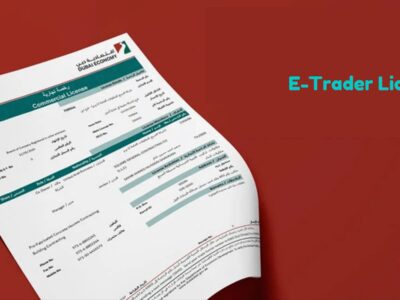Started a business? Now, the next step is to register it. One crucial part of being an entrepreneur is to understand how to correctly register your business. The registration process depends on where you live, where you want to operate, how big your business is, and what type of business you want to start. However, the basics for the registration of business are the same everywhere.
So here, we are taking you step by step through the process of registering your business in Singapore.
Do You Have to Register Your Business?
But before walking through these steps, are you sure you need to register it?
As your business grows, you will need to register with federal and local authorities. Understanding how to register your business is important. Registering your business separates you from your company, protecting your personal assets if the business is sued. Registered businesses may also be eligible for certain tax benefits.
The Process of Registering a Business
Now, let’s discuss the process for the registration of business!
1. Choose Your Business Structure
When you take a plunge in registering your business, the first step is to choose your business structure. This is a really important stage as it affects how you file taxes, handle your personal assets, and manage your daily operations.
Here are four main types of business structures to choose from:
Sole Proprietorship
This is the default business mode. When you don’t select any business structure and don’t register it all, it will be a sole proprietorship. In this case, there won’t be any difference between you as an individual and your business. So, your personal and business liabilities and assets won’t be separated.
Partnership
A partnership is when two or more people own a business together. In a limited partnership (LP), one partner (the general partner) takes on personal liability, while the other partners (limited partners) have limited liability. In a limited liability partnership (LLP), all partners are protected from the business’s debts.
Limited Liability Corporation (LLC)
Quite similar to the previous one, but instead of a partner, the business owner enjoys limited liability. This business structure lets owners protect their personal assets from business liabilities. An LLC’s profits and losses are usually taxed as personal income for its members.
C-Corp
This type of business structure gives maximum protection to your personal assets. This structure makes your business its own separate entity from the owners (shareholders). It means the business can be taxed, earn profits, and be legally responsible for its actions on its own, without affecting the shareholders personally.
2. Choose a Business Name
This step for the registration of business is also the most fun! Once you know the structure of your business, you need a name. Though there are endless options, you need to be careful while making a name decision.
First, choose a name that is memorable and will stick out in people’s minds and attract them to your business. But in search of flashy names, don’t go beyond your niche; your business name should make sense to your particular niche.
Most importantly, you’ll need to search the local databases in your area to ensure that the name you choose hasn’t been taken already. If you go to register your business with the name already taken, you won’t be able to do that.
3. Register with Local Authorities
After deciding where to register your business, the next step is to complete the registration process. This involves filling out forms and handling the specific requirements of your local authority. Typically, you’ll need to get a tax ID number and ensure you’re set up to pay taxes, claim deductions, and hire employees when needed.
4. Obtain All Required Licenses and Permits
The last but most crucial part of registering your business is to gather all the required licenses and permits. Though what documents you need for getting licences and permits depends on your business type and local regulations, some documents are universal. For instance;
- Articles of formation or incorporation
- An official business name
- Identifying information about the owner(s)
- A business address
- Documents Based on Your Business Structure
Sometimes, depending on your business type, you might need extra documents, such as:
- “Doing Business As” (DBA) Name: If you want a different name for your business than the legal name, especially for sole proprietors, you’ll need to file a simple DBA form.
- Federal Trademark: If you plan to operate internationally, consider trademarking your business name and logo to protect your brand.
Final Words
So these are a few steps for registration of business if you really need to. Once you have registered your business, gone through the paperwork, and got the necessary permits, you can get into the exciting part, which is to start marketing your business and offer exceptional customer service. Startup Biz Consultants is Singapore’s leading business consultancy service provider. Contact Startup Biz today to register your business in Singapore today.














Comments